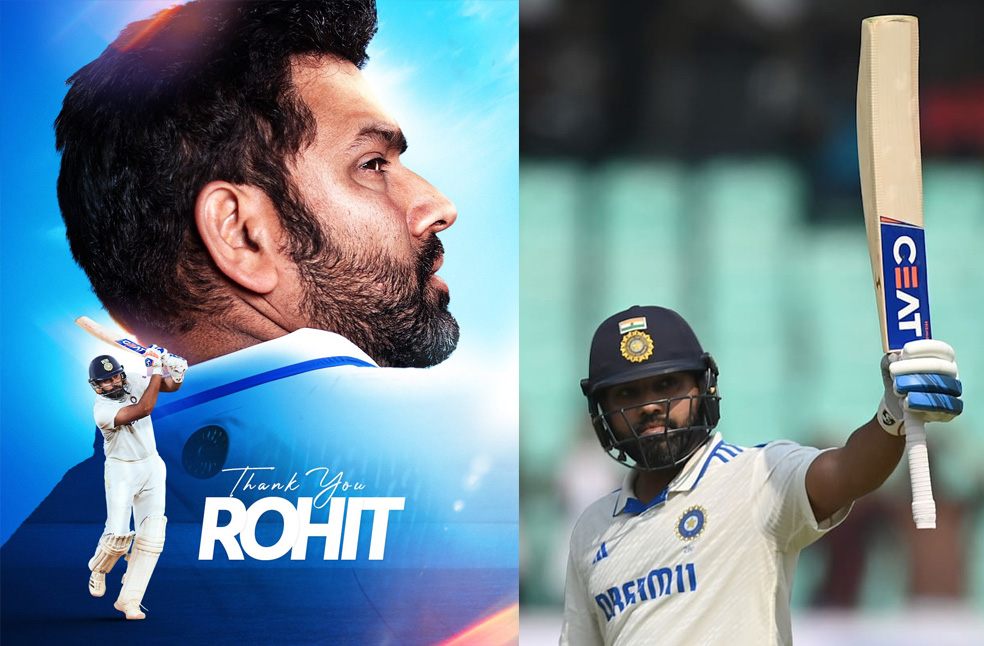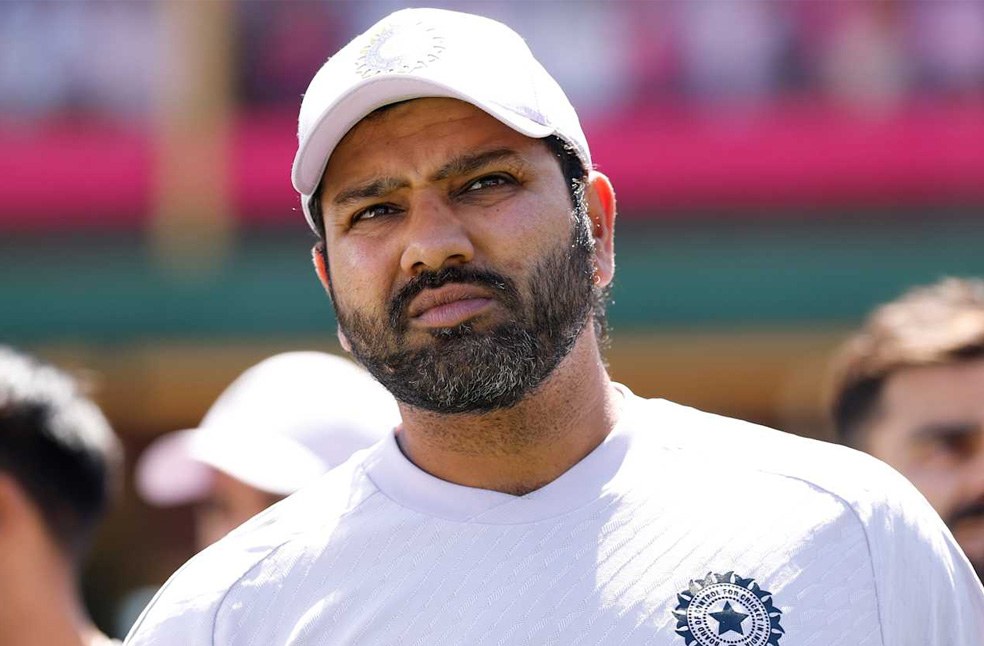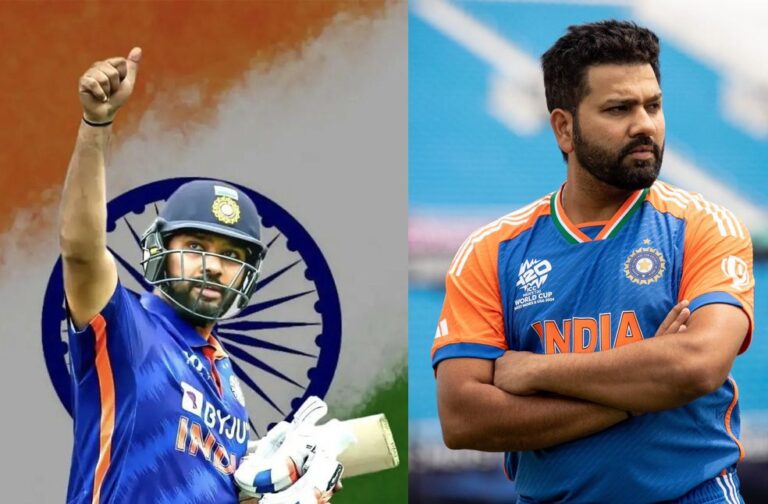Mumbai, India: Indian cricket fans were left stunned as Rohit Sharma, India’s Test captain and one of its most experienced openers, announced his abrupt retirement from Test cricket.
Sharma’s decision, made public through a low-key Instagram post, comes just weeks before India embarks on a crucial five-match Test series in England, a country where India has not won a Test series since 2007.
Sharma’s exit leaves a significant leadership and strategic vacuum in the Indian Test squad. At 38, the veteran batter’s form in the longest format had been waning.
In his last six Test matches, three each against New Zealand at home and Australia away Sharma struggled to score, managing only 122 runs in 10 innings. India lost all six of those matches, including an unprecedented 3-0 whitewash at home by New Zealand, and a clean sweep in the Border-Gavaskar series in Australia.

Amid mounting pressure, Sharma took the unusual and commendable step of dropping himself from the playing XI in the final Test in Sydney, acknowledging his struggles. The final straw may have been this prolonged slump, prompting introspection about his physical and mental readiness to compete in a grueling World Test Championship cycle spanning two more years.
Though Sharma’s Test average of 40.57 from 67 matches, totaling 4,301 runs, may not rank among the elite, his leadership skills, tactical intelligence, and ability to inspire from the front have won global admiration.
Known for his timing and elegance, Sharma has often turned batsmanship into an art form. From his earliest Test innings, 177 on debut at Eden Gardens, followed by 111 at the Wankhede in Sachin Tendulkar’s farewell match, Sharma displayed both flair and finesse.
Rohit Sharma’s entry
Rohit was first spotted by former captain Dilip Vengsarkar and honed in Mumbai’s cricketing school of discipline, which produced legends like Sunil Gavaskar and Tendulkar. However, Sharma grew up in an era that demanded adaptability. He combined orthodox technique with modern aggression, particularly excelling in horizontal-bat shots like the hook, pull, and cut sometimes drawing comparisons to greats like Viv Richards for his ability to dominate bowling attacks.
Ironically, though Sharma debuted in an ODI in 2007 ahead of contemporaries like Kohli, Dhawan, Pujara, and Rahane, he was the last to play Test cricket, earning his spot only in 2013. He was part of MS Dhoni’s T20 World Cup-winning team in 2007 but had to wait several more years to solidify his place in the red-ball side.

A turning point came in 2019 when then-coach Ravi Shastri and captain Virat Kohli promoted him to open the batting in Tests, a move that rejuvenated his career. By then, Sharma had already established himself as a white-ball titan, with three double-hundreds in ODIs and consistent T20 brilliance.
When Sharma took over as India’s all-format captain in 2021, he envisioned a hat-trick of ICC trophies. Under his guidance, the team adopted a more aggressive and modern style, especially in limited-overs formats. Sharma’s down-to-earth persona made him a beloved leader, while his cricketing mind proved highly effective, particularly in managing bowlers.
His success as an IPL captain with Mumbai Indians winning five titles had already cemented his leadership credentials. In 2023, Sharma led India to the World Test Championship final and the ODI World Cup final. While both campaigns ended in heartbreak against Australia, India redeemed itself by winning the T20 World Cup a few months later. Sharma retired from T20Is following that triumph.
However, Sharma has not retired from ODI cricket. His ambition to lift the ODI World Cup remains alive, a goal left unfulfilled in 2011 when he was controversially left out of the squad. In a recent interview with podcaster Vimal Kumar, Sharma reiterated his dream of being part of a World Cup-winning ODI team possibly in 2027.
Despite a slow start in the current IPL season, Sharma found his form in recent matches, pushing Mumbai Indians into playoff contention. Yet, success in white-ball formats doesn’t always translate to red-ball cricket, especially at his age.
Now, with Sharma stepping aside from Test duties, Indian selectors are left with two daunting questions: Who will replace him as captain? And who will fill his role as an opener? His shoes, both as a batter and a leader, will be hard to fill.



